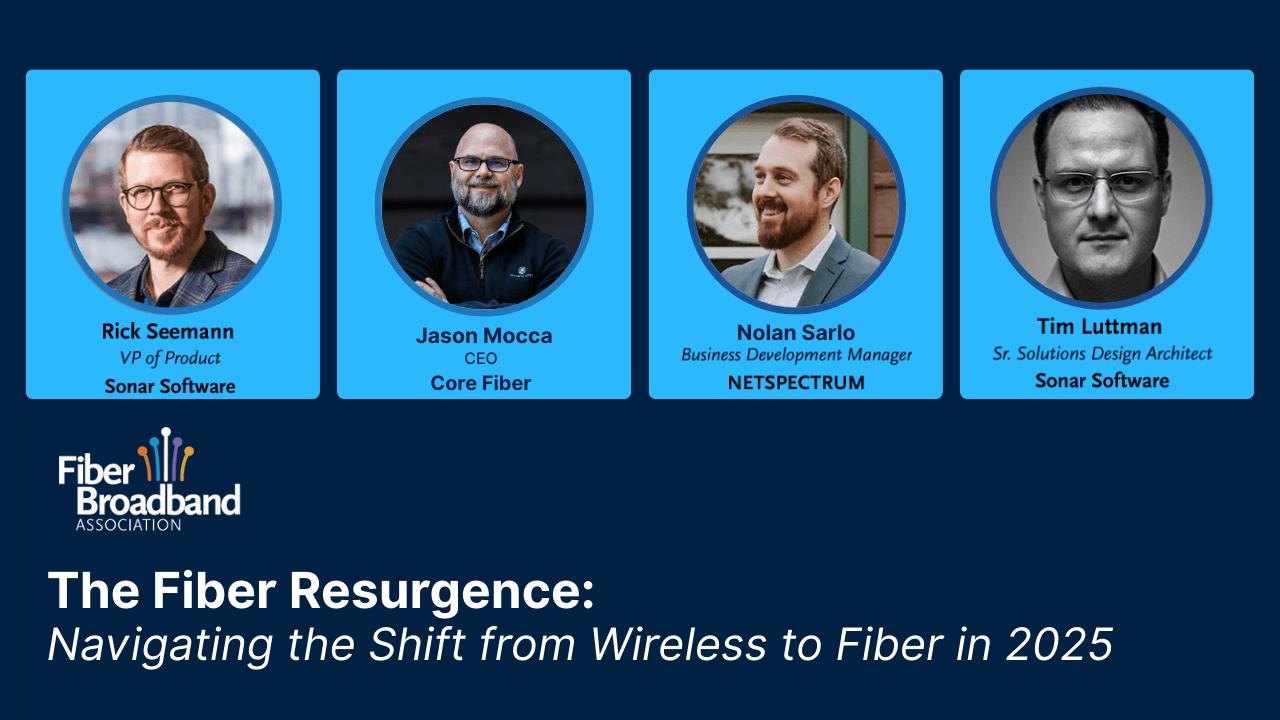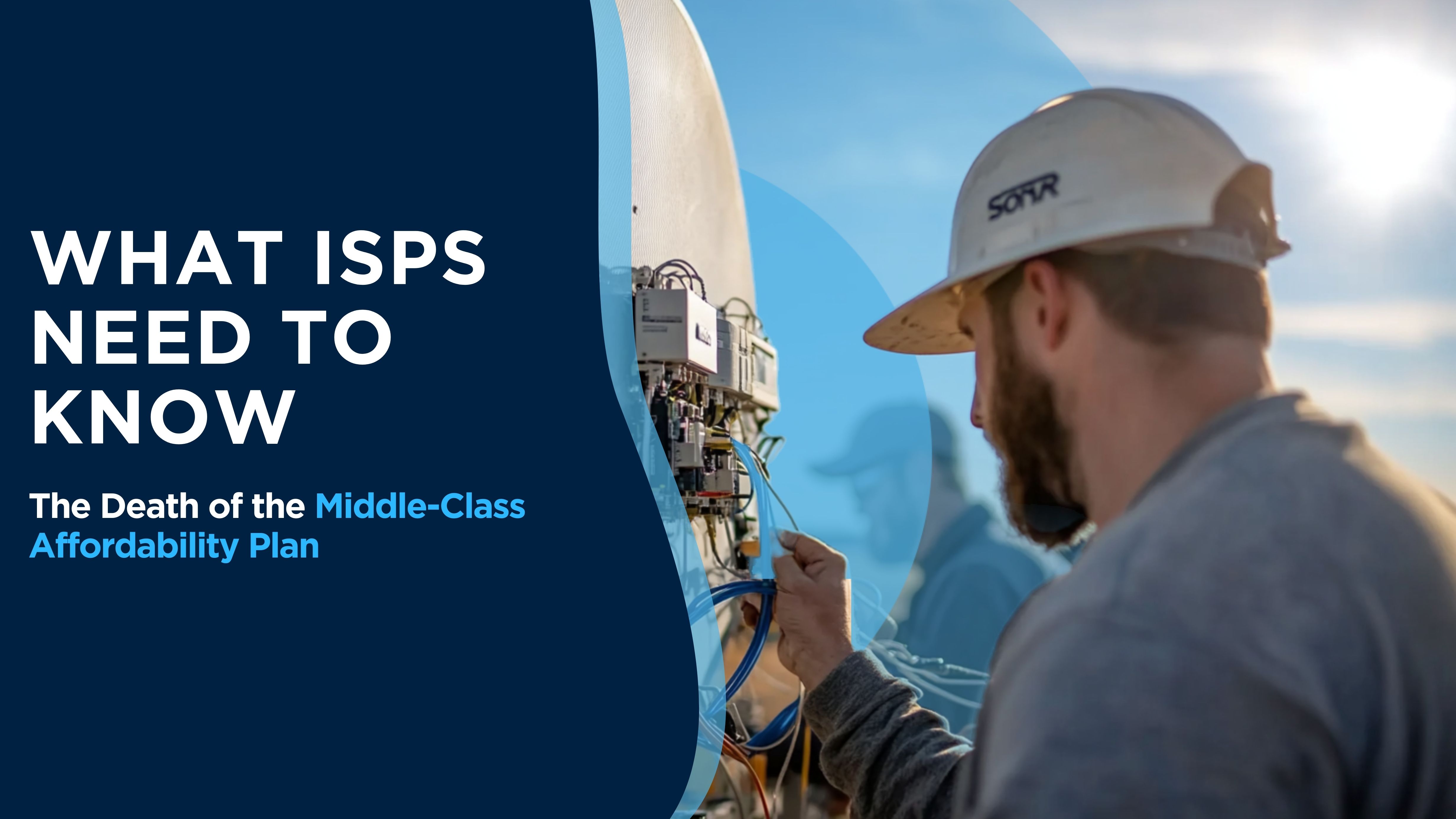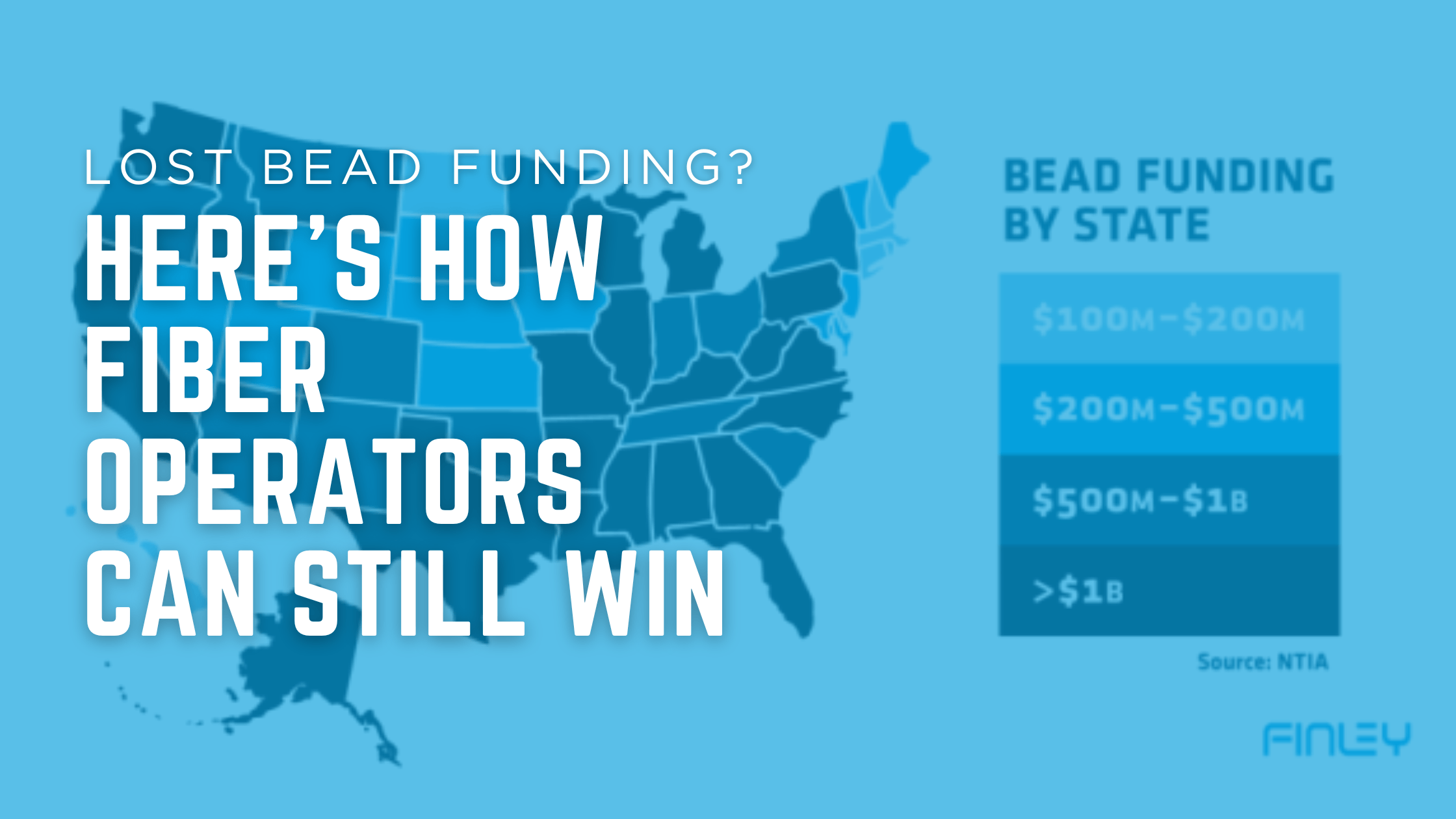Fiber Resurgence 2025: What ISPs Need to Know
If 2024 was marked by hesitation, 2025 is shaping up to be the year fiber moves from momentum to mandate. While the broadband industry saw record...
2 min read
 Georgette Lopez-Aguado
:
Jun 26, 2025
Georgette Lopez-Aguado
:
Jun 26, 2025

When the BEAD (Broadband Equity, Access, and Deployment) program was first announced under the Infrastructure Investment and Jobs Act in 2021, it aimed to close the digital divide by funneling $42.45 billion in federal funding to expand high-speed internet access across the U.S.
From the outset, BEAD was fiber-focused, placing a premium on long-term, high-capacity infrastructure. But that initial framework also raised concerns—from slow deployment in rural areas to limited participation from providers using alternative technologies like fixed wireless or satellite.
Now in 2025, the NTIA has issued a major policy restructuring that redefines how states award BEAD funds, who qualifies, and what performance and compliance standards must be met. These changes are designed to:
Increase provider competition
Accelerate buildouts
Ensure funding is awarded based on cost-effectiveness and service quality, not just infrastructure type
If you’re a broadband provider preparing for the next subgranting round, here’s what you need to know—and how to stay ahead under the new rules.
One of the most significant changes is the elimination of fiber-first prioritization. All technologies, fiber, fixed wireless, hybrid, even LEO satellite—are now eligible for funding as long as they meet minimum performance standards (100/20 Mbps for underserved, 25/3 Mbps for unserved).
What it means: Fiber providers must now compete with more cost-effective solutions, while fixed wireless operators have a renewed path to eligibility.
📄 Read the BEAD Restructuring Policy Notice (NTIA, June 2025)
The NTIA’s new scoring model prioritizes lowest cost per location above all else. Speed of deployment and additional features are secondary—and only considered when cost proposals are within a close margin.
For previous applicants: If your fiber project was selected under the older criteria, it could now be reevaluated or outcompeted by lower-cost fixed wireless builds.
For new entrants: Cost-efficiency is your competitive edge. Use this to build strong, scalable proposals.
As part of the policy overhaul, the NTIA has rescinded all provisional and preliminary subgrantee selections. States must now conduct at least one new round of subgrantee selection, giving all providers—new and returning—a chance to bid again.
States have 90 days from adopting the restructuring guidance to complete subgrantee selection, followed by 90 days for NTIA review. This means projects already in progress may pause or restart, and those previously left out now have a path forward.
🧭 Stay updated with state-level BEAD timelines via BroadbandUSA
Winning funding is only half the challenge. Under the new guidance, ISPs must also demonstrate that they can manage post-award compliance effectively, including:
Letters of Credit (LoC):
Scaled reduction based on take-rate milestones (50% after certification, 75% at 25% take rate, full release at 50% take rate)
Environmental Reviews via ESAPTT:
All NEPA documentation must now be submitted through NTIA’s Environmental Screening and Permitting Tracking Tool
10-Year Federal Interest Period:
Projects must retain documentation and maintain compliance well beyond buildout
Reassess your cost per location and resubmit if needed
Ensure you can meet new post-award compliance standards
Prepare to participate in your state’s updated selection round
Review performance benchmarks and cost modeling requirements
Build a deployment plan that meets the new scoring rubric
Leverage your competitive advantage in speed, flexibility, or hybrid design
No matter your entry point, these strategies can help you stand out:
Lead with Cost-Per-Location Efficiency
Use Real Deployment Timelines and Proven Tools
Support Hybrid Builds for Rural Edge Cases
Document Readiness for LoC Reductions and Take-Rate Tracking
Navigating this restructuring and the years of reporting that follow, requires more than a strong proposal. You need operational systems that support compliance from day one.
That’s why we built the BEAD Funding Toolkit—a free guide and planning tool to help ISPs manage BEAD funding before and after award.
🎯 Download the BEAD Funding Toolkit
Everything you need to compete, comply, and connect communities—under the new BEAD rules.

If 2024 was marked by hesitation, 2025 is shaping up to be the year fiber moves from momentum to mandate. While the broadband industry saw record...

One of the most unexpected outcomes of the NTIA’s BEAD program restructuring is the elimination of the Middle-Class Affordability Plan (MCAP) ...

When BEAD was first announced, many fiber operators saw it as the golden ticket for rural broadband builds. But with recent...